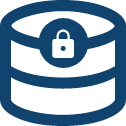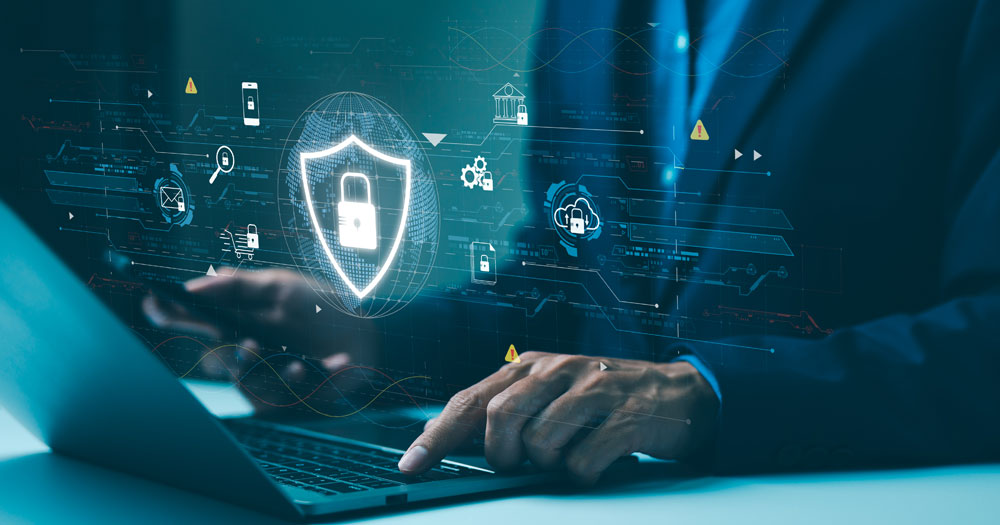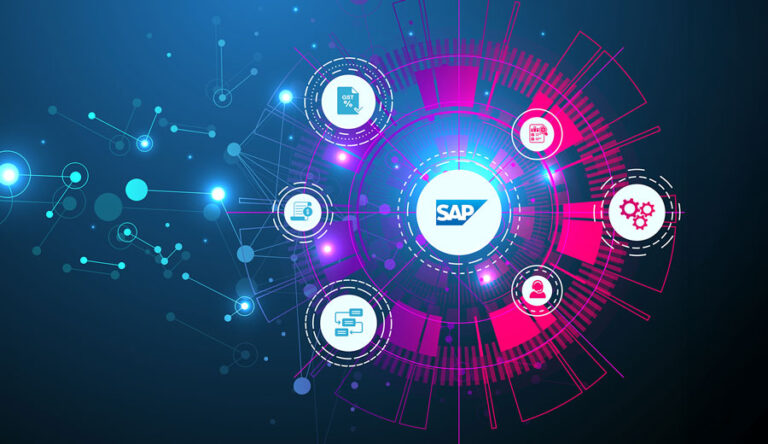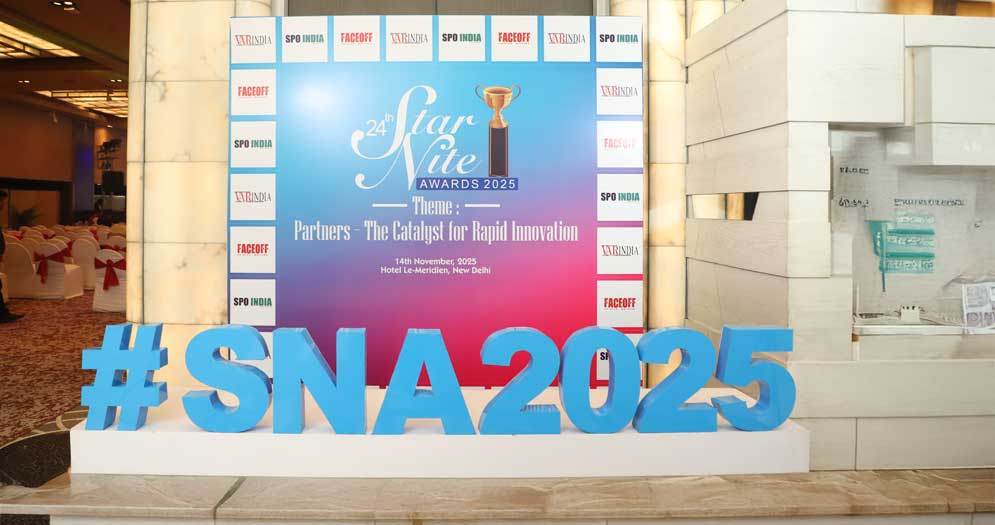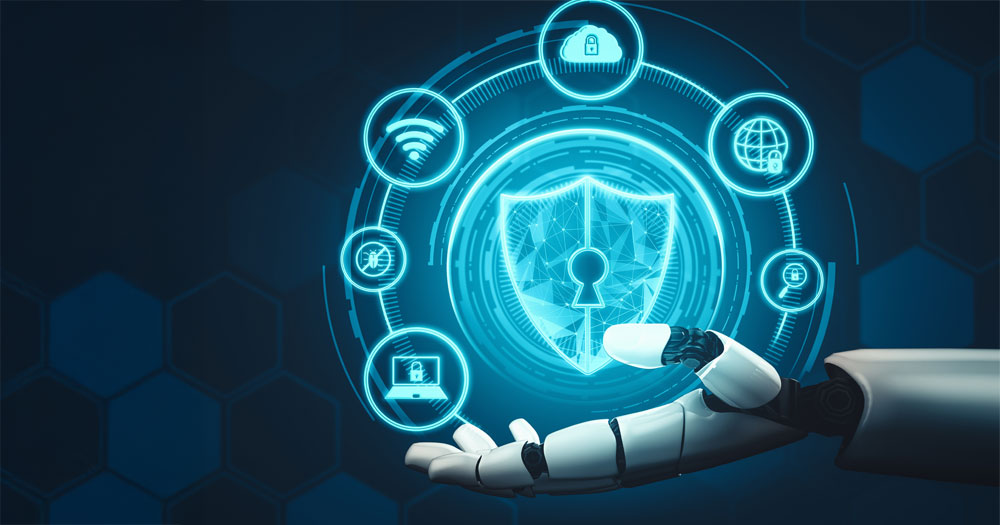In today’s hyper-connected digital world, cyber threats are no longer just a concern for large enterprises they affect organizations of all sizes and across every industry. From ransomware attacks to insider threats, businesses face an ever-growing spectrum of risks that can disrupt operations, compromise sensitive data, and damage reputations.
Traditional security measures alone are no longer sufficient. This is where SIEM (Security Information and Event Management) and SOAR (Security Orchestration, Automation, and Response) come into play, forming the backbone of a proactive, automated cybersecurity defense strategy.
By integrating SIEM and SOAR, organizations can detect, analyze, and respond to threats in real time, while reducing manual workload and minimizing human error. In this comprehensive guide, we’ll explore what SIEM and SOAR are, how they work together, their benefits, and why solutions offered by Embee Software are essential for organizations seeking robust cybersecurity.
Introduction to SIEM and SOAR
Proactive tools such as SIEM and SOAR are essential for modern security operations. SIEM provides the visibility needed to detect potential threats, while SOAR automates the response to these threats, ensuring timely and effective mitigation. Organizations that deploy both SIEM and SOAR can significantly reduce response times, improve accuracy in threat detection, and free up security teams from repetitive tasks.
Understanding SIEM: The Backbone of Threat Detection
What is SIEM?
SIEM stands for Security Information and Event Management. It is a comprehensive solution that collects, aggregates, and analyzes log data from various sources within an organization’s IT infrastructure. By doing so, SIEM enables security teams to detect, monitor, and respond to security incidents in real-time.
Key Features of SIEM
- Centralized Log Management: SIEM consolidates log data from diverse sources, providing a unified view of security events.
- Real-Time Monitoring: Continuous monitoring allows for the immediate detection of suspicious activities.
- Event Correlation: SIEM correlates events from different sources to identify potential threats.
- Compliance Reporting: Automated reporting helps organizations meet regulatory requirements.
- Incident Response Capabilities: Facilitates the investigation and response to security incidents.
Benefits of SIEM
- Enhanced Threat Detection: By analyzing vast amounts of data, SIEM can identify patterns indicative of security threats.
- Improved Incident Response: Provides security teams with the tools needed to respond swiftly to incidents.
- Regulatory Compliance: Assists organizations in adhering to industry regulations and standards.
- Operational Efficiency: Reduces manual monitoring efforts by providing dashboards, alerts, and reports in a single platform.
By providing visibility and actionable intelligence, SIEM forms the backbone of a robust cybersecurity framework. However, while it excels at detection and analysis, it does not inherently automate responses, which is where SOAR comes in.
Exploring SOAR: Automating Incident Response
What is SOAR?
SOAR stands for Security Orchestration, Automation, and Response. It is a set of technologies that enable organizations to automate and orchestrate their security operations. SOAR integrates with various security tools and processes to streamline incident response and improve efficiency.
Key Features of SOAR
- Automation of Repetitive Tasks: SOAR automates routine security tasks, freeing up security personnel for more complex issues.
- Orchestration of Security Tools: Integrates disparate security tools into a cohesive workflow.
- Incident Response Playbooks: Provides predefined workflows for responding to specific types of incidents.
- Collaboration Tools: Facilitates communication among security team members during an incident.
- Threat Intelligence Integration: Incorporates external threat intelligence to enhance decision-making.
Benefits of SOAR
- Faster Incident Response: Automation leads to quicker responses to security incidents.
- Consistency in Handling Incidents: Standardized playbooks ensure uniform responses to similar incidents.
- Reduced Human Error: Automation minimizes the risk of errors during incident response.
- Scalability: SOAR solutions can scale to meet the needs of growing organizations.
- Enhanced Visibility: Provides centralized dashboards for tracking ongoing and past incidents, improving reporting and accountability.
SOAR essentially complements SIEM by taking actionable insights generated by SIEM and turning them into automated, orchestrated responses.
SIEM + SOAR Architecture: How the Workflow Looks in Practice
- Data Sources – Firewalls, cloud, endpoints, IAM, servers generate logs.
- SIEM Layer – Aggregates, correlates, and identifies threat patterns.
- SOAR Layer – Pulls alert context, selects the right playbook.
- Automated Response – Isolation, account suspension, IP blocking.
- Post-Incident Learning – Continuous rule/playbook refinement.
The Synergy Between SIEM and SOAR
While SIEM provides the necessary visibility to detect threats, SOAR takes it a step further by automating the response. The integration of SIEM and SOAR creates a powerful security ecosystem that enhances an organization’s ability to detect, respond to, and mitigate threats efficiently.
Manual vs Automated Incident Response: What’s the Difference?
| Capability | Manual Response (Traditional SOC) | Automated Response (SIEM + SOAR) |
|---|---|---|
| Detection Time | Slow, analyst-driven | Real-time |
| Investigation | Manual data correlation | Automated enrichment |
| Containment | Dependent on approvals | Instant blocking/isolation |
| Human Error | High | Minimal |
| Cost | Higher manpower burden | Optimized through automation |
| Consistency | Analyst-dependent | Playbook-driven |
| Scalability | Limited | Highly scalable |
How SIEM and SOAR Work Together
- Detection: SIEM identifies potential security incidents through real-time monitoring and event correlation.
- Analysis: SIEM analyzes the data to determine the nature and severity of the threat.
- Response: SOAR automates the response to the identified threat using predefined playbooks.
- Remediation: SOAR coordinates with other security tools to remediate the threat.
- Review: Post-incident analysis helps improve future responses.
Advantages of Integration
- Improved Efficiency: Automation reduces the time spent on manual tasks.
- Enhanced Accuracy: Correlation and orchestration lead to more precise responses.
- Better Resource Utilization: Security teams can focus on more strategic tasks.
- Continuous Improvement: Automated reporting and post-incident reviews help refine security strategies over time.
Organizations that leverage SIEM and SOAR as security solutions can achieve a proactive security posture, addressing threats before they escalate and ensuring continuous monitoring across all digital assets.
Managed SIEM: Outsourcing Security Operations
For many organizations, managing SIEM in-house can be resource intensive. Managed SIEM services offer a solution by providing expert-led security operations without the overhead of maintaining an internal team.
What is Managed SIEM?
Managed SIEM is a service where a third-party provider manages an organization’s SIEM infrastructure. This includes monitoring, analysis, and response to security incidents. Managed SIEM allows organizations to access advanced security expertise, 24/7 monitoring, and scalable solutions without investing heavily in in-house security staff.
Benefits of Managed SIEM
- Expertise: Access to skilled security professionals with extensive experience.
- Cost-Effective: Reduces the need for in-house resources and infrastructure investment.
- 24/7 Monitoring: Continuous surveillance of security events ensures prompt detection.
- Scalability: Services can be adjusted to meet the evolving needs of an organization.
- Compliance Assurance: Managed SIEM providers ensure that organizations meet industry-specific regulatory requirements.
Embee Software’s Managed SIEM Services
Embee Software offers scalable and budget-friendly managed SIEM services, helping organizations detect, respond to, and stop threats before they impact the business. Their services provide enterprise-grade protection without the overhead of building an in-house security team (embee.co.in). With a managed service, organizations can leverage Embee’s cybersecurity expertise to maintain robust security while focusing on core business operations.
Incident Response: From Detection to Mitigation
Effective incident response is crucial for minimizing the impact of security breaches. A well-defined incident response plan, supported by SIEM and SOAR, ensures a swift and coordinated reaction to security incidents.
Steps in Incident Response
- Preparation: Establishing and training the incident response team, defining policies, and setting up infrastructure.
- Identification: Detecting and acknowledging the incident using SIEM alerts and logs.
- Containment: Limiting the scope and impact of the incident, often using automated SOAR workflows.
- Eradication: Removing the root cause of the incident, such as malware or compromised accounts.
- Recovery: Restoring affected systems and services to normal operations.
- Lessons Learned: Analyzing the incident to improve security policies, detection rules, and response workflows.
Role of SIEM and SOAR in Incident Response
- SIEM: Provides the data and insights needed to identify and understand the incident.
- SOAR: Automates the response process, ensuring a timely and consistent reaction.
- Integration: Together, SIEM and SOAR minimize detection-to-mitigation times, reduce errors, and improve overall security posture.
Embee Software’s Role in Cybersecurity
Embee Software is at the forefront of cybersecurity solutions, offering a comprehensive suite of services to protect organizations from evolving threats.
Embee’s Cyber Defense Center
Embee Software’s Cyber Defense Center (CDC) integrates SIEM, SOAR, and UEBA (User and Entity Behavior Analytics) into a unified platform. This integration delivers enhanced visibility and swift, automated threat response.
Key Features of Embee’s CDC
- AI-Driven Analytics: Reduces false positives and accelerates detection.
- Customizable Solutions: Tailored to meet specific business needs.
- 24/7 Monitoring: Continuous surveillance by expert security teams.
- Regulatory Compliance: Aligned with standards such as ISO 27001, NIST, PCI DSS, and GDPR.
- Proactive Threat Hunting: Identifies vulnerabilities before they are exploited.
Why Choose Embee Software?
With over 35 years of experience and more than 2,500 organizations served, Embee Software combines technological expertise with a commitment to security excellence. Their managed SIEM and SOAR services provide organizations with the tools and support needed to navigate the complex cybersecurity landscape. By leveraging Embee’s solutions, organizations can focus on innovation and growth while ensuring a secure digital environment.
FAQs (Frequently Asked Questions)
What is the primary difference between SIEM and SOAR?
Can SOAR replace a Security Operations Center (SOC)?
Is managed SIEM suitable for small businesses?
What are the ongoing costs of managed SIEM services?
How does Embee ensure compliance with international cybersecurity standards?
Conclusion and Call to Action
In an era where cyber threats are becoming increasingly sophisticated, organizations must adopt advanced security measures to protect their digital assets. SIEM and SOAR are pivotal to provide the necessary tools to detect, respond to, and mitigate threats effectively.
Embee Software’s comprehensive cybersecurity solutions, including managed SIEM and SOAR services, empower organizations to stay ahead of potential threats. By leveraging Embee’s expertise and technology, businesses can enhance their security posture and ensure the safety of their operations.
Ready to fortify your organization’s cybersecurity? Contact Embee Software today for a free cybersecurity assessment and take the first step towards a secure future.

































